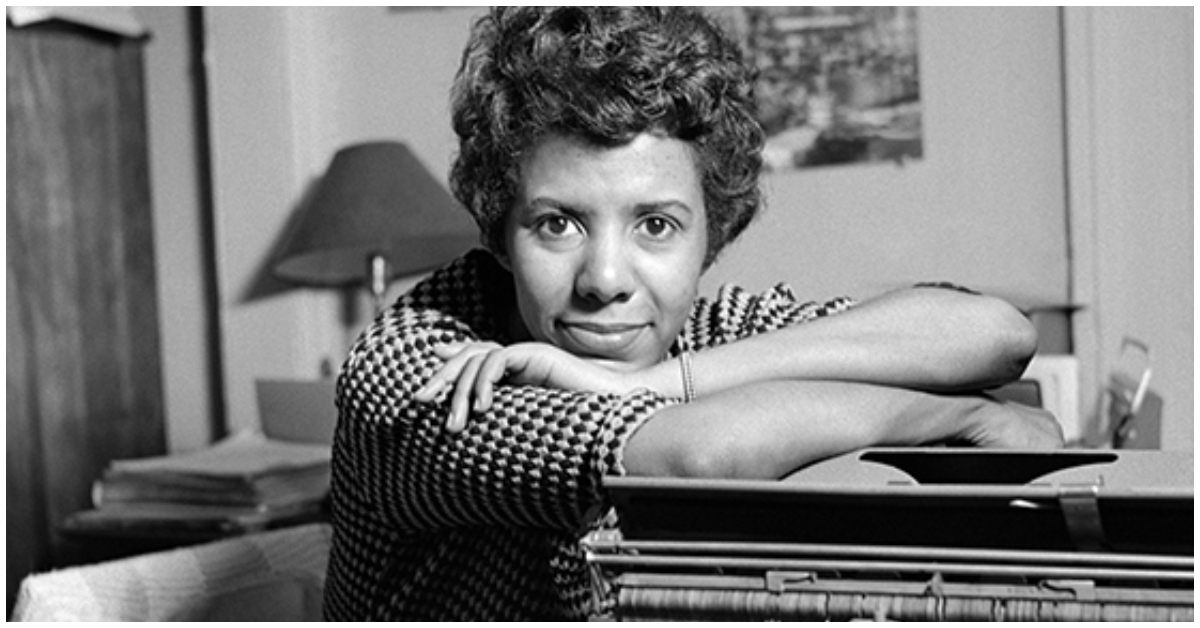On March 11, 1959, playwright Lorraine Hansberry made history when her play “A Raisin in the Sun” premiered on Broadway. The groundbreaking drama marked the first time a production written by an African American woman was featured on the iconic New York stage.
The show drew record crowds and rave reviews during its initial 19-month run. It cemented 29-year-old Hansberry’s legacy as a trailblazing artistic voice. “A Raisin in the Sun” resonated as a richly textured portrait of working-class Black life in 1950s Chicago.
Grew Up In Prominent Activist Family
Born in 1930, Hansberry was immersed in social justice issues from a young age. Her parents were prominent civil rights activists in Chicago. In 1940, her father successfully sued to outlaw racist housing covenants after trying to move the family into an all-white neighborhood.
Hansberry later attended the University of Wisconsin-Madison where she became interested in theater and politics. She left college early to study painting and writing. By 1950, she had moved to New York City’s vibrant cultural scene.
There she befriended influential figures like W.E.B. Du Bois and Paul Robeson and wrote for progressive publications. Hansberry also protested discrimination at New York University, where she met her future husband Robert Nemiroff, a Jewish intellectual.
“A Raisin In The Sun” Drew On Personal Experience
Hansberry channeled her upbringing, relationships, and political outlook into “A Raisin in the Sun” over several years of writing. The title came from a Langston Hughes poem.
The play follows members of the Younger family living together in a small Chicago apartment awaiting a life insurance payout. Hansberry used people from her own life as inspiration for the characters. She hoped to counter simplistic stereotypes of African Americans.
“A Raisin in the Sun” was groundbreaking in its realistic depiction of Black working-class lives. And it proved a huge commercial success despite industry doubts about its mainstream appeal.
Earned High Praise And Accolades
Beyond strong ticket sales, “A Raisin in the Sun” earned raves from critics and numerous accolades. It snagged the New York Drama Critics’ Circle Award for Best Play in 1959. Hansberry also became the youngest American writer ever to win the honor.
“I had never in my life seen so many Black people in the theater,” writer James Baldwin famously said. “The reason was that never before…had so much of the truth of Black people’s lives been seen on the stage.”
A 1961 film adaptation starring Sidney Poitier further cemented the play’s legacy. It’s now considered an American theater classic taught in schools nationwide.
Penned Another Successful Play Before Early Death
Buoyed by her success, Hansberry wrote another well-received play “The Sign in Sidney Brustein’s Window” that ran over 100 performances on Broadway.
Tragically, Hansberry’s career was cut short when she died of cancer in 1965 at just 34 years old. But her pioneering work continued opening doors for Black artists.
Posthumously, her incomplete play “Les Blancs” debuted on Broadway in 1970. And the musical “Raisin” based on her original production won a Tony Award in 1973.
Over 60 years later, Lorraine Hansberry’s impact is still felt. As the first Black female playwright produced on Broadway, she paved the way for untold numbers of artists telling their own stories.





